
THE ULTIMATE GUIDE TO DRY SKIN
Dry skin is characterized by an inadequate supply of lipids and sebum, both of which keep the skin hydrated and protect the natural skin barrier. Without these two essentials, the skin struggles to produce and retain adequate moisture. This means skin appears to be flaky, dull and potentially irritated.
How can you spot dry skin? The characteristics are quite telling. Signs of dry skin include:
- Tightness, especially after cleansing
- Dullness
- Rough texture
- Flaking or peeling
- Fine lines, particularly around the eyes and lips
- Higher sensitivity, including redness and itching
UNDERSTANDING DRY VS DEHYDRATED SKIN
Before moving on, it is important to distinguish between dry and dehydrated skin. Dry skin is considered a skin type. Therefore, like all skin types, it is mostly genetic. Dehydrated skin, on the other hand, is caused by a variety of factors.
CAUSES OF DRY/DEHYDRATED SKIN
There are many causes to blame for dry skin. As aforementioned, genetics are a huge factor. However, there are many things we do or are exposed to on the daily that contribute to chronic dryness. For example, cold winter air and the lack of humidity in our heated homes is an hugely important factor this time of year.
Harsh ingredients in skincare products that strip away the natural oil barrier on your skin are also big contributors. Doing things like using steaming hot water on your face and body in the shower or in a bath only contributes to more dehydration (and in some cases, irritation) of the skin.
And lastly, because the skin becomes thinner and drier over time, age is also to blame. As the skin’s natural store of hyaluronic acid decreases, it loses its ability to retain moisture.
HOW TO CARE FOR DRY SKIN
The most important thing you can do for dry skin is to remember that gentleness is key. Dry skin is fragile and prone to irritation as well as breakouts, caused by an overcompensation of sebum that can ultimately clog pores. A few tips include:
- Opt for a lotion-like cleanser as opposed to gel cleansers in the wintertime.
- Apply moisturizer immediately after cleansing your face or showering. Ointments, creams, and lotions all work by trapping existing moisture in your skin––but to work properly, they need to be applied within a few minutes of contact with warm water.
- Prioritize ointments and creams rather than lotions, as the former are thicker and therefore more effective at trapping in moisture. Creams that contain hyaluronic acid are also the best options to choose from.
- Use only gentle, fragrance-free skincare products. Many drugstore or beauty store skincare products are highly irritating for dry skin due to their ingredients and fragrances. Dermatologists recommend using products labeled "fragrance-free" to avoid any further irritation or peeling. Note that an "unscented" product can contain chemicals that neutralize or hide the odours of other ingredients, and these chemicals can irritate dry, sensitive skin.
IN CONCLUSION
You can’t ever go wrong with a gentle cleansing and hydrating routine when your skin is parched. If you notice extreme redness, rough patches or flaking, it is important to consult either with your esthetician or dermatologist for further advice on how to properly treat your concerns.
On that note, take care of the skin you are in!
The BSE team

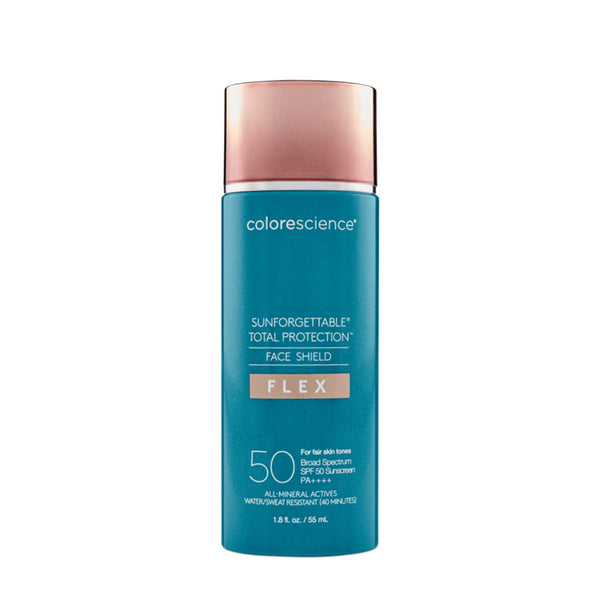
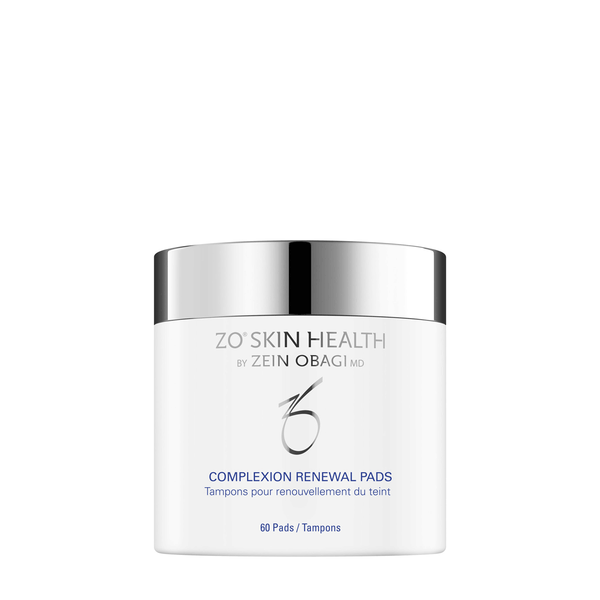
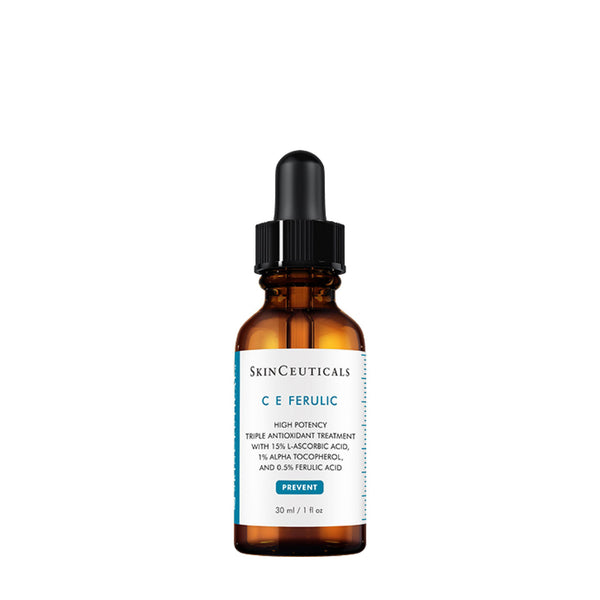
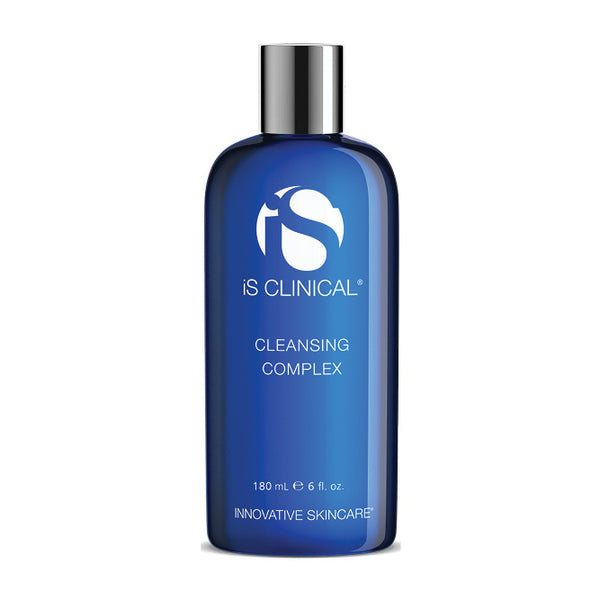
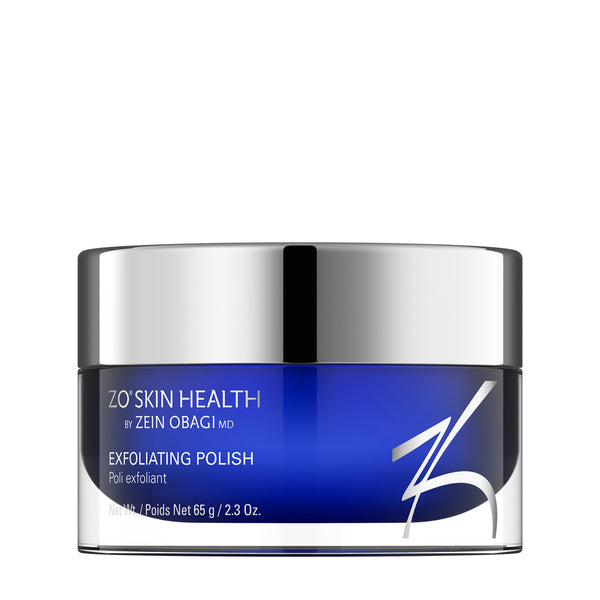
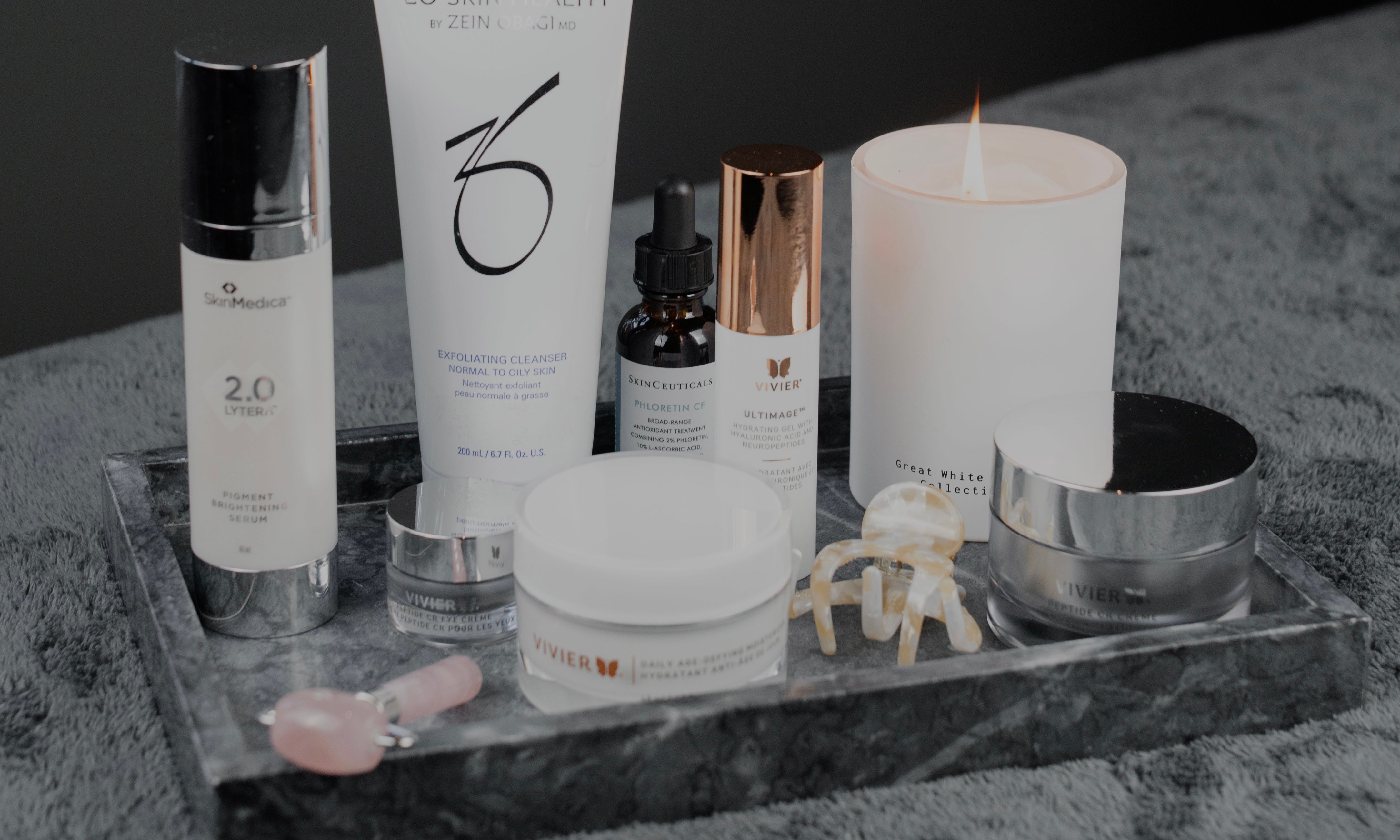




Leave a comment